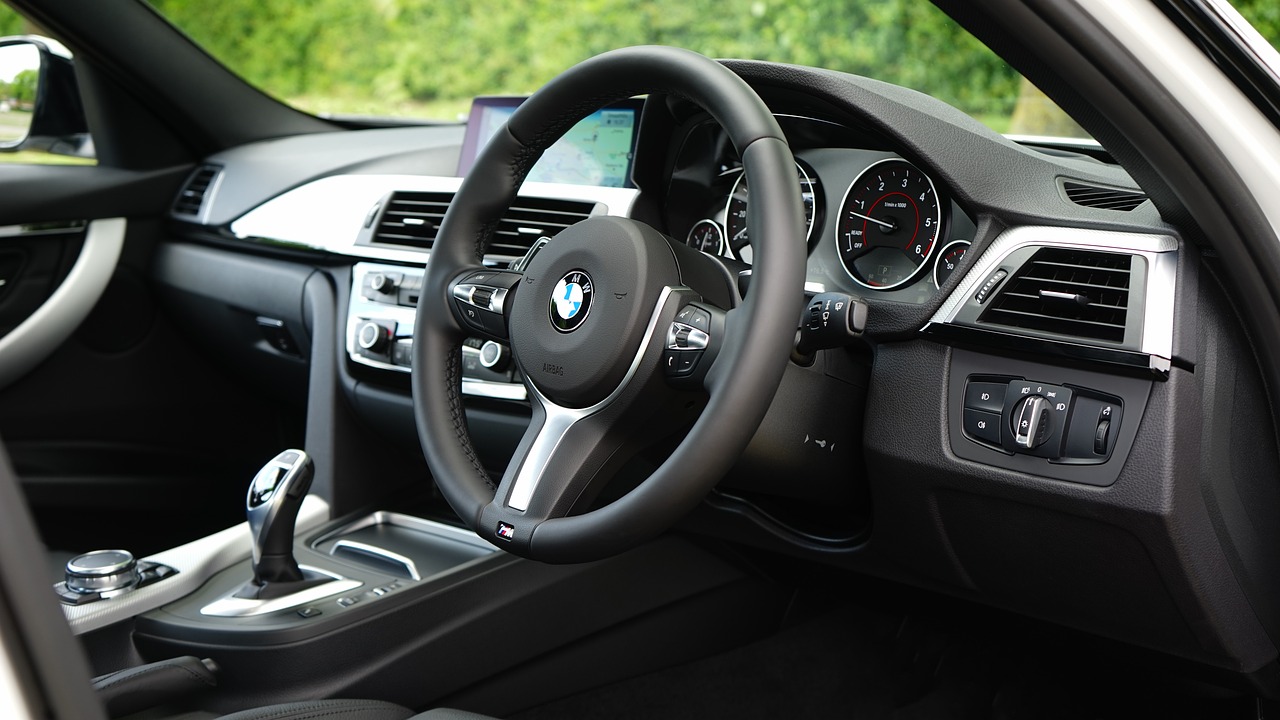Analyzing the Impact of Vehicle-to-Infrastructure (V2I) Communication on Traffic Flow
Vehicle-to-Infrastructure (V2I) communication is a technology that enables vehicles to communicate with surrounding infrastructure such as traffic lights, road signs, and other vehicles. This communication is facilitated through wireless communication protocols, allowing for real-time data exchange between vehicles and the infrastructure around them. V2I communication plays a crucial role in creating a connected transportation ecosystem that enhances road safety, traffic efficiency, and overall driving experience for motorists.
By receiving information from infrastructure elements, vehicles equipped with V2I technology can make informed decisions to improve traffic flow, reduce congestion, and enhance overall road safety. For example, V2I communication can provide drivers with real-time updates on traffic conditions, road hazards, weather alerts, and optimal route suggestions. This proactive exchange of information between vehicles and infrastructure enables more efficient traffic management and helps to prevent accidents by giving drivers timely warnings and guidance.
Benefits of Implementing V2I Communication Systems
V2I communication systems are revolutionizing the way vehicles interact with infrastructure, offering a myriad of benefits to both drivers and municipalities. By enabling vehicles to communicate with traffic signals, signs, and road markers, V2I technology enhances safety on the roads by providing real-time information to drivers about traffic conditions, road hazards, and potential collisions. This not only reduces the likelihood of accidents but also helps improve traffic flow and efficiency, ultimately saving time and fuel for drivers.
Additionally, V2I communication systems pave the way for the advancement of autonomous vehicles by enabling them to better navigate through complex traffic scenarios and interact with their surroundings. This technology also opens up possibilities for enhanced vehicle efficiency, as it allows for optimized route planning and speed adjustments based on real-time traffic data. By streamlining the driving experience and making roads safer, V2I communication systems have the potential to transform the way we commute and travel in the future.
Challenges Faced in Implementing V2I Communication
One of the primary challenges faced in implementing Vehicle-to-Infrastructure (V2I) communication systems is the high cost associated with the necessary infrastructure upgrades. Installing the advanced technology required for V2I communication, such as roadside units and sensors, can be expensive and require significant financial investment from governments or private entities. This financial burden can often be a barrier to widespread adoption of V2I systems, especially in regions with limited resources.
Another key challenge is ensuring interoperability and standardization across different V2I communication systems. With various manufacturers and vendors creating their own proprietary technologies, there is a lack of uniformity in the solutions offered. This lack of standardization can create compatibility issues between vehicles and infrastructure, hindering the seamless exchange of information crucial for V2I communication to function effectively. Addressing this challenge is essential for the successful deployment and integration of V2I systems on a large scale.
• High cost associated with necessary infrastructure upgrades
• Financial burden can be a barrier to widespread adoption of V2I systems
• Interoperability and standardization across different V2I communication systems is crucial
• Lack of uniformity in solutions offered by various manufacturers and vendors
• Compatibility issues between vehicles and infrastructure hinder seamless exchange of information
What is Vehicle-to-Infrastructure (V2I) Communication?
V2I communication refers to the exchange of information between vehicles and infrastructure such as traffic lights, road signs, and other roadside systems.
What are some benefits of implementing V2I communication systems?
Some benefits of V2I communication systems include improved traffic flow, enhanced safety, reduced congestion, and increased efficiency in transportation.
What are some challenges faced in implementing V2I communication?
Some challenges in implementing V2I communication include interoperability issues between different systems, high costs of infrastructure upgrades, data privacy concerns, and the need for standardization.
How can interoperability issues be addressed in V2I communication?
Interoperability issues can be addressed by developing industry standards and protocols that allow different systems to communicate effectively with each other.
What measures can be taken to address data privacy concerns in V2I communication?
To address data privacy concerns, encryption and anonymization techniques can be implemented to protect the personal information of drivers and passengers.
How can the high costs of infrastructure upgrades for V2I communication be managed?
The high costs of infrastructure upgrades can be managed by public-private partnerships, government funding, and cost-sharing mechanisms to distribute the financial burden among multiple stakeholders.







